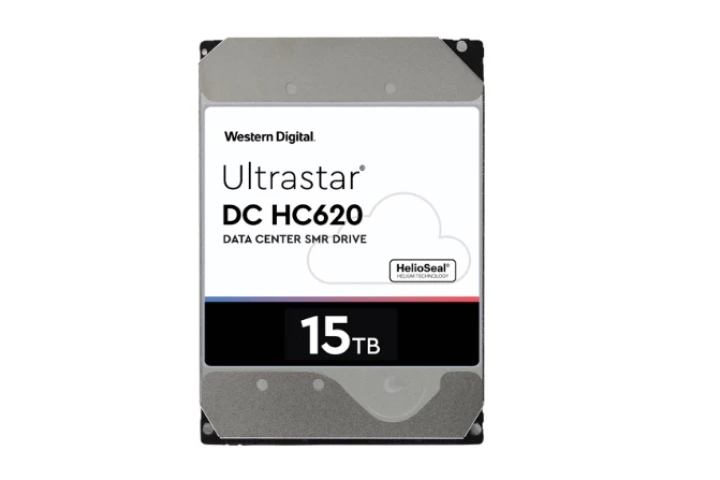Data Center
-
Data centers require heavy-duty cooling and maintenance. Microsoft has now finished a two-year test of an unconventional solution – dropping a data center to the bottom of the sea – and found that it was more reliable than land-based facilities.
-
Just over a year after launching a 14 TB hard drive for cloud and data centers, Western Digital has added another terabyte of storage space without increasing the physical dimensions for the new Ultrastar DC HC620 HDD.
-
Intel has unveiled what it calls the world’s densest solid state drive (SSD), packing 32 TB into a device the size of an old 12-inch ruler. The development should help data centers get more bang for their buck, cutting the cost of cooling and making more efficient use of the physical space.
-
Water-cooling systems have long been used in computers, but how do you scale that up for huge data centers? According to Microsoft, you drop the data center to the bottom of the ocean. As Phase 2 of Project Natick, the company has just deployed a data center in the frigid waters off Scotland.
-
Earlier this year, Western Digital's HGST business arm announced a 12 TB hard drive aimed at businesses and data centers. Now the company has managed to add another 2 terabytes of storage space into a single drive unit for the launch of the Ultrastar Hs14 enterprise-class HDD.
-
A breakthrough in the field of molecular data storage was recently revealed proving that high volumes of data can effectively be stored in individual molecules. This research could lead to new, high-density data storage systems that potentially hold more than 25 terabytes of data per square inch.
-
Data centers chew through a huge amount of power, thanks largely to the cooling. To help fight that on both fronts, the world’s largest data center is set to be built in Norway, making use of the chilly Arctic climate to keep the servers cool while drawing all of its power from renewable sources.
-
Businesses are being forced to store huge amounts of data, and manufacturers are ramping up the capacity of their hardware to cope with the load. The latest product of that practice is the 60TB SAS SSD from Seagate, the world's largest solid state drive.
-
A desalination project proposed for California’s central coast would draw water from one of the world's deepest submarine canyons, making it potentially less harmful to ocean life. The Deep Water Desal facility would require substantially less energy to operate than typical desalination plants.
-
Deep learning AI has been put to work in intelligent drones, sequencing genomes, and even keeping cats off the lawn. Now, Google has set its system, DeepMind, loose on its massive data centers, and drastically cut the cost of cooling these facilities in the process.
-
Data centers use a lot of power, they create a lot of heat, and it helps if they're close to populated areas. With that in mind, Microsoft recently anchored an unmanned data center to the bottom of the sea.
-
Information and communications technology consumes a full 10 percent of the world’s electricity, meaning that whenever a new data center is designed, its efficiency is of paramount concern. EcoDataCenter will be the world’s first climate-positive facility.
Load More











